Search
Did you mean: Midas?
Search Results
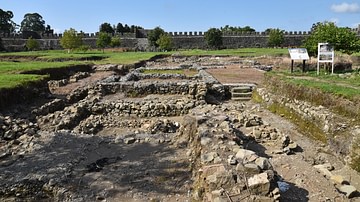
Image
Remains of the Apsarus Roman Fort
Remains of the commanding officer's residence at the Roman fort of Apsarus in modern-day Georgia. The fort (known today as the Gonio Fortress) is located 15 kilometres (9.3 mi) south of Batumi near the Turkish border. It was the largest...
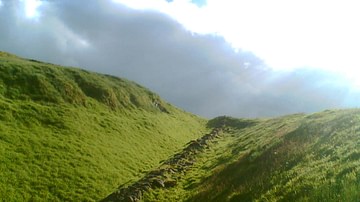
Definition
Antonine Wall
The Antonine Wall was the north-west frontier of the Roman Empire. Located in central Scotland, north of Edinburgh and Glasgow, the Wall was a linear barrier that stretched from the Firth of Forth near Bo'ness to the Clyde estuary at Old...
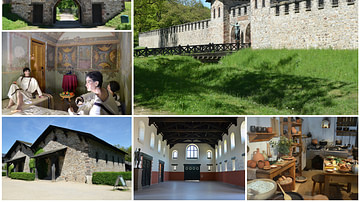
Image
Saalburg Roman Fort, Germany
The Saalburg is a reconstructed Roman cohort fort located northwest of Bad Homburg in Hesse (Germany) and belonging to the Limes Germanicus. This fort served for 150 years as a base for frontier troops stationed along the Roman Frontier in...

Image
The Porta Praetoria of Saalburg Roman Fort
The reconstructed Porta Praetoria, the main gate of the Saalburg Roman Fort. The gate takes its name from the Via Praetoria, the camp’s road running in a north-south direction. Between the two gates, a bronze statue of emperor Antoninus Pius...
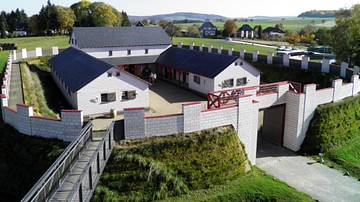
Image
Reconstructed Roman Fortlet in Pohl, Germany
The Limes Fortlet in Pohl (German Limeskastell Pohl) is an authentic replica of a small limes fort with a watchtower. It is designed as an open-air museum and gives a vivid and plausible impression of life on the German frontier.
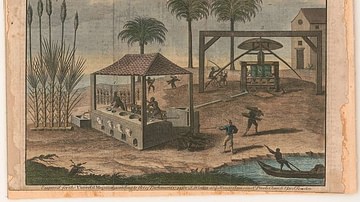
Article
Sugar & the Rise of the Plantation System
From a humble beginning as a sweet treat grown in gardens, sugar cane cultivation became an economic powerhouse, and the growing demand for sugar stimulated the colonization of the New World by European powers, brought slavery to the forefront...

Article
Battle of Teutoburg Forest
At the Battle of Teutoburg Forest (aka Battle of Varus), c. 9 CE, a combined force of Germans annihilated a Roman army consisting of three legions including three squadrons of cavalry and six cohorts of auxiliary troops. As some soldiers...
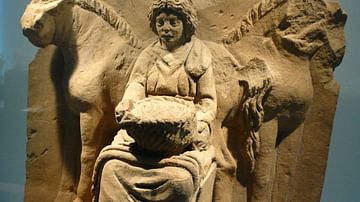
Article
Epona
Epona was a Celtic goddess. Her name contains an allusion to the horse: in Celtic, "epos" means “horse” and the suffix “-ona” affixed simply means “on”. Epona is the patron goddess of mares and foals. The oldest information about the Gallic...

Image
The Journey of Hadrian 121-125 CE - An Emperor on the Move: Defense and Diplomacy in the Roman World
This map illustrates the extensive travels of Emperor Hadrian across the Roman Empire between 121 and 125 CE, reflecting his hands-on approach to governance and defense. During this period, he visited key frontiers, reinforced imperial infrastructure...

Image
The travels of Hadrian 128-134 CE - Legacy in Motion: Pilgrimage, Politics, and Power in Hadrian’s Final Provincial Tours
This map illustrates the later travels of Emperor Hadrian between 128 and 134 CE, highlighting his continued commitment to strengthening Rome’s frontiers and unifying its diverse provinces. These journeys took him across the eastern Mediterranean...